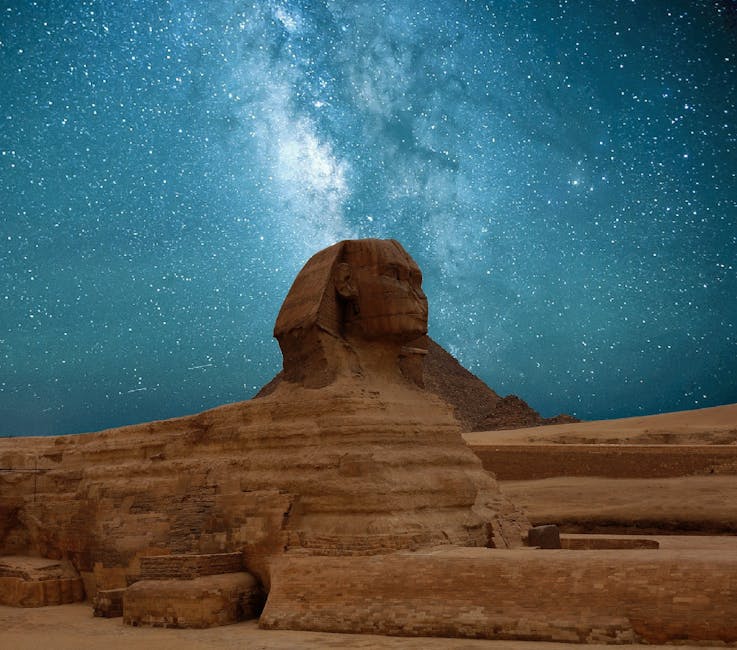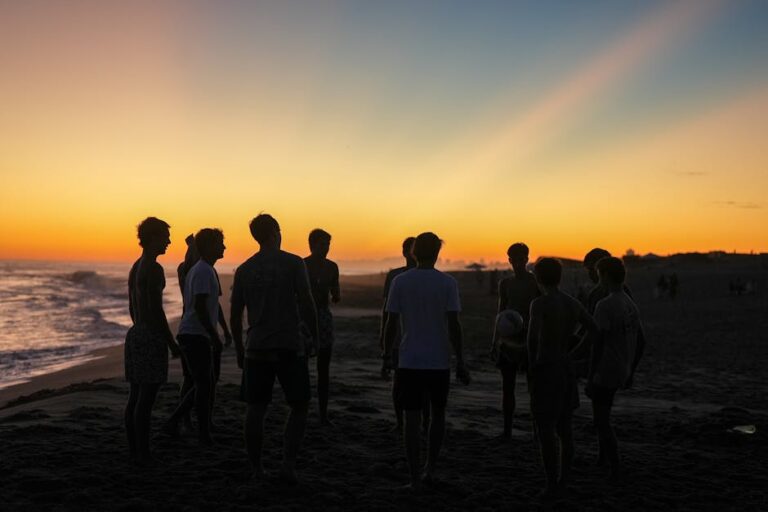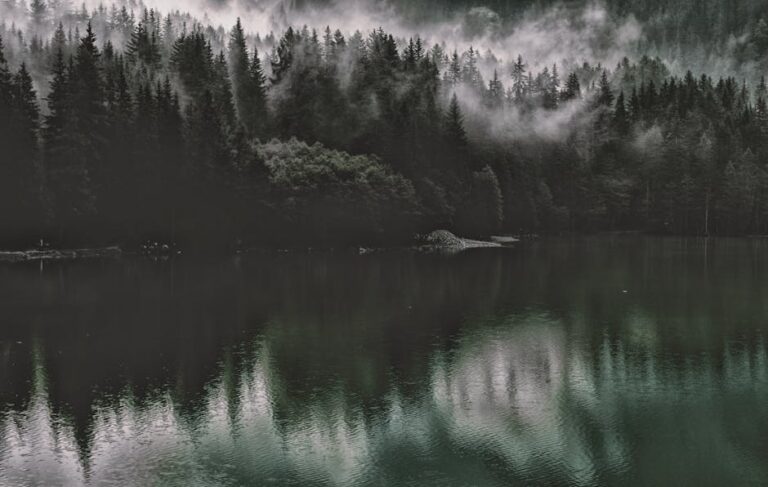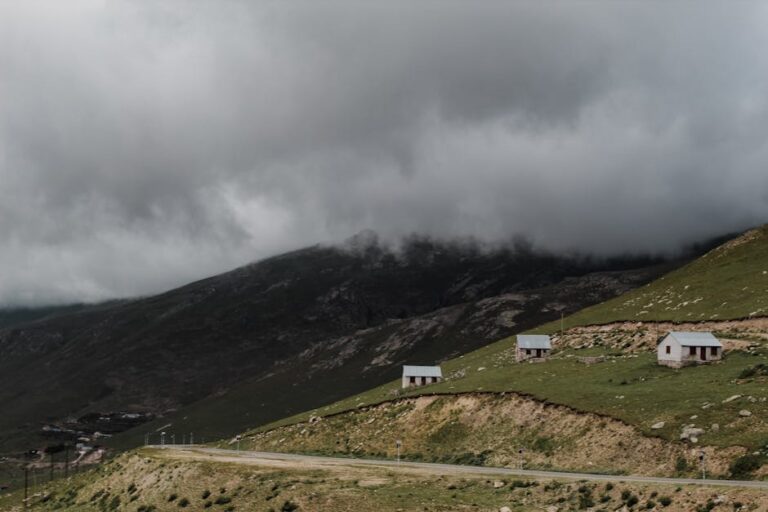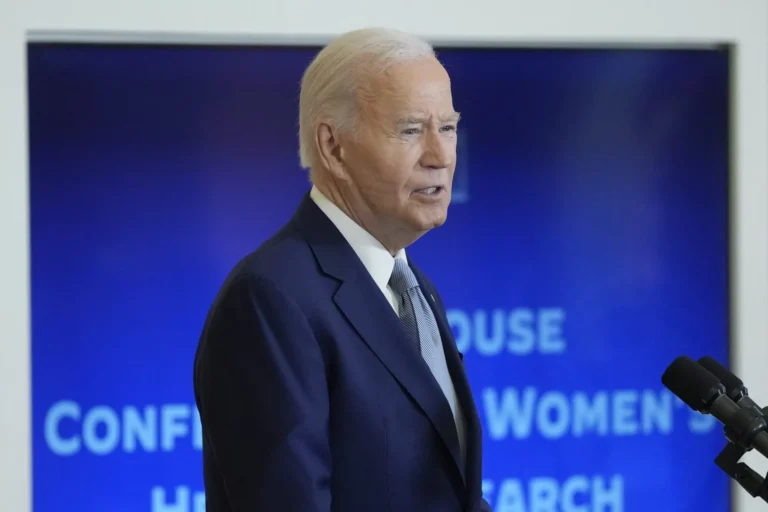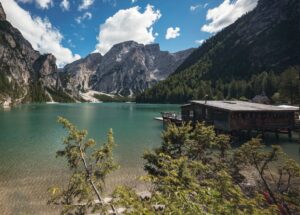Table of Contents
So, you’re thinking about hitting the road from Manali to Leh in 2025, huh? Good on ya. This isn’t just any road trip, it’s more like a proper adventure. I mean, sure, everyone talks about those big trips, but this one? It’s the real deal. You’re not just going from one town to another; you’re crossing some of the highest motorable passes on the planet, winding through valleys that look like they’re straight out of a painting, and basically, finding out what you’re made of. It’s a journey that kinda sticks with you, you know? It’s dusty, it’s bumpy, sometimes it’s terrifying, but honestly, it’s also unbelievably cool.
This isn’t one of those trips where everything’s handed to you on a silver platter. You gotta work for the views, deal with the altitude, and maybe even get a little bit uncomfortable. But that’s what makes it so special. When you finally roll into Leh, after days of just pure, raw nature, the feeling is something else. It’s not just a destination; it’s like this whole vibe.
Why Even Bother With This Road Trip?
Seriously, why would anyone willingly put themselves through what sounds like a bit of a grind? Well, for starters, the views are just insane. I’ve seen pictures, you’ve seen pictures, but actually being there, with those massive mountains towering over you, rivers rushing by like crazy, and tiny villages clinging to the hillsides? It’s a completely different ballgame. The scenery changes so much, too. You leave the green, relatively lush Kullu Valley, and then bam, it’s like you’re on another planet—barren, craggy, reddish-brown mountains, sometimes with snow even in summer. It’s dramatic, to say the least.
And it’s not just about the mountains. What’s interesting is how the culture shifts as you go. You start in Manali, which has a pretty relaxed, backpacker sort of vibe, and then as you get closer to Leh, you see more and more Buddhist influences. Monasteries appear out of nowhere, prayer flags flutter in the wind, and the people you meet have this super warm, welcoming attitude. It’s a real eye-opener. Plus, if you’re into motorcycling, this road is practically a pilgrimage. My cousin, he did it on his bike last year, and he still talks about it like it was the best thing he’s ever done.
Gearing Up: What You Need to Know Before You Go
Okay, so you’re convinced? Awesome. But don’t just pack a toothbrush and hit the road. There’s some stuff you really ought to sort out first. Think about it like prepping for a big exam, but way more exciting.
First off, your ride. Most people either go by motorcycle (often a Royal Enfield, because, well, it’s classic) or a sturdy SUV. You can rent these in Manali pretty easily. If you’re not up for driving, shared taxis are a thing, and there are buses too. But, in my experience, having your own wheels (or sharing with a small group) gives you so much more freedom. You can stop when you want, take pictures, drink chai at some roadside dhaba. It’s the way to do it if you ask me. Just make sure whatever vehicle you pick is in good shape. There aren’t many mechanics out there past a certain point.
Then there’s the timing. When’s the best time to go? Usually, the road opens up around May or early June, and it closes by late September or October because of snow. July and August are probably your safest bet, weather-wise. But, even then, a sudden downpour or snowfall can mess things up, so always check the road conditions. I heard a story about a bunch of guys who got stuck for two days near Baralacha La because of unexpected snow. Not ideal, but hey, part of the adventure, right?
Packing Smart for the Mountains
This isn’t a fashion show, trust me. Layers are your friend. Even if it’s sunny, the wind can be brutal, especially at the high passes. You’ll want thermal underwear, warm fleeces, a good waterproof and windproof jacket, and a warm hat and gloves. Sunscreen is also super important because the sun at that altitude is no joke. Also, good sunglasses. Your eyes will thank you.
And don’t forget a first-aid kit. This is a must-have. Things like pain relievers, bandages, antiseptic wipes, and stuff for upset stomachs are crucial. Some folks even carry a portable oxygen can, just in case. It sounds a bit much, but when you’re out there, far from proper medical help, being prepared pays off. I mean, you never know, right?
The Road Less Travelled (But Still Plenty Popular)
The journey itself usually takes two days if you’re doing it sensibly, with a stop overnight. Key word: sensibly. Trying to do it in one go is just asking for trouble, mostly because of altitude sickness. And trust me, you don’t want to mess with that.
The road is famously rough in parts. Sometimes it’s perfectly paved, then suddenly you’re on a gravel track, or even just dirt with rocks everywhere. There are river crossings too, especially earlier in the season when the snow melt is really cranking. Sometimes you’re literally driving through shallow streams. It’s pretty wild.
Here’s a quick run-down of some famous spots you’ll hit:
Rohtang Pass: This is usually the first big hurdle. It’s pretty close to Manali, but traffic can be a nightmare. Permits are needed to cross it, so get that sorted early. Once you’re over, the landscape starts to change dramatically.
Keylong: A decent-sized town, a good place to grab some food or maybe even stay if you need to. It’s kinda the last proper town before things get really remote.
Baralacha La: This pass is usually around 16,000 feet, give or take. The air gets thin here, and you really feel it. The views, though? Absolutely breathtaking. Like, jaw-dropping.
Sarchu: This is where most people stop for the night. It’s basically a high-altitude camp with a bunch of tented accommodations. It gets really cold at night, and altitude sickness can be an issue here, so take it easy. Don’t rush around like crazy.
Gata Loops: These are a series of 21 hairpin bends that snake up a mountain. It’s a pretty fun drive, if you’re into that sort of thing.
Lachung La and Nakee La: More high passes, each with their own stark beauty.
Tanglang La: Often cited as the second-highest motorable pass in the world (though that title changes depending on who you ask). It’s super high and can be chilly even in summer.
And then, after all that, you start descending into the Indus Valley, and Leh starts to appear in the distance. What a sight, honestly.
Dealing with the Altitude Thing
This is probably the biggest thing people worry about, and for good reason. Acute Mountain Sickness (AMS) is real, and it can actually ruin your trip, or worse. The key is to acclimatize properly. That’s why stopping at Sarchu (or even better, Keylong) is so important. When you’re at Sarchu, you’re already pretty high up.
Symptoms? Headaches, nausea, dizziness, feeling super tired. Basically, like a really bad hangover, but without the fun night before. If you feel it, don’t ignore it. Drink lots of water (like, way more than you think you need), avoid alcohol and smoking, and take it easy. Some people take Diamox (a medicine for AMS), but you should totally talk to a doctor about that before your trip. Don’t just pop pills without knowing what you’re doing. It’s your health, after all. My friend had a terrible headache for a whole day because he didn’t drink enough water. It sucks when that happens.
Food, Sleep, and Other Essentials
Along the highway, especially at places like Keylong, Darcha, Sarchu, and Pang, you’ll find small dhabas. These are basic roadside eateries, but they serve up some surprisingly tasty food. Think Maggi noodles, dal-rice, parathas, and chai. It’s simple, hot, and exactly what you need when you’re cold and hungry. Don’t expect fancy restaurants, though. This isn’t that kind of trip.
For sleeping, Sarchu is the most common stop. You’ll find these tented camps there. They’re pretty basic—a cot, some blankets, maybe a shared toilet—but they do the job. It’s an experience in itself, sleeping under those stars, even if it is freezing. You can also find guesthouses in Keylong if you prefer something a bit more solid for your overnight stop. What’s cool about these places is you get to meet other travelers doing the same route, swapping stories and tips.
Landing in Leh: What’s Next?
When you finally get to Leh, you’ll probably be super tired but also buzzing. The town itself is a really charming place. It’s got a relaxed atmosphere, lots of guesthouses, cafes, and markets. Give yourself a day or two to just chill and get even more used to the altitude before you go exploring too much. You can check out Leh Palace, Shanti Stupa (amazing sunset views from there), and the local monastery.
From Leh, the whole region of Ladakh opens up. Places like Nubra Valley with its sand dunes and double-humped camels, Pangong Lake (the one from those Bollywood movies, yeah!), and countless ancient monasteries like Thiksey and Hemis are all within reach. It’s a whole new world up there.
Basically, the Manali to Leh road trip is more than just getting from point A to point B. It’s about the journey itself. It’s about pushing your limits a bit, seeing some truly incredible stuff, and making memories that’ll probably pop into your head years later. It’s not always easy, but it’s definitely worth it.
FAQs About Manali to Leh Travel
1. Is it safe for first-timers?
It can be, but you need to be prepared. Go slow, don’t rush, and pay attention to how your body feels, especially concerning altitude. It’s better to travel with someone experienced if it’s your first time.
2. What if my car breaks down in the middle of nowhere?
That’s a real concern, honestly. Always carry a basic toolkit, some spare parts (like an extra tire and tubes), and know how to do minor repairs if you can. Also, make sure your phone is charged, but signal is spotty. Traveling in a convoy or making sure someone knows your route is a good idea. Sometimes you might have to wait for another vehicle to pass by and help.
3. Do I need any special permits?
Yeah, you usually need a permit to cross Rohtang Pass from the Manali side. You can get this online. For other parts of the route, especially around Leh for visiting places like Nubra Valley or Pangong Lake, you’ll need an Inner Line Permit. You can get these in Leh, or some travel agents can help you out.
4. How much money should I budget for this trip?
It really depends on how you travel. If you’re renting a bike and staying in basic tents, it’ll be cheaper than if you’re hiring a private SUV and staying in slightly nicer guesthouses. But, I’d say for a basic, comfortable trip (including rentals, fuel, food, and accommodation for 5-7 days), you might be looking at something like INR 25,000 to 40,000 per person, especially if you’re sharing costs. This is a rough estimate, of course, and can totally vary.
5. Can I find ATMs or phone signal along the way?
Don’t count on it. ATMs are mostly in Manali, Keylong, and then Leh. Carry enough cash for the entire journey from Manali until you reach Leh. Phone signal is super unreliable once you leave Manali. Only BSNL and Jio might get patchy signal in a few spots, but mostly, you’re off-grid. It’s actually pretty nice to unplug for a bit, in my opinion.




